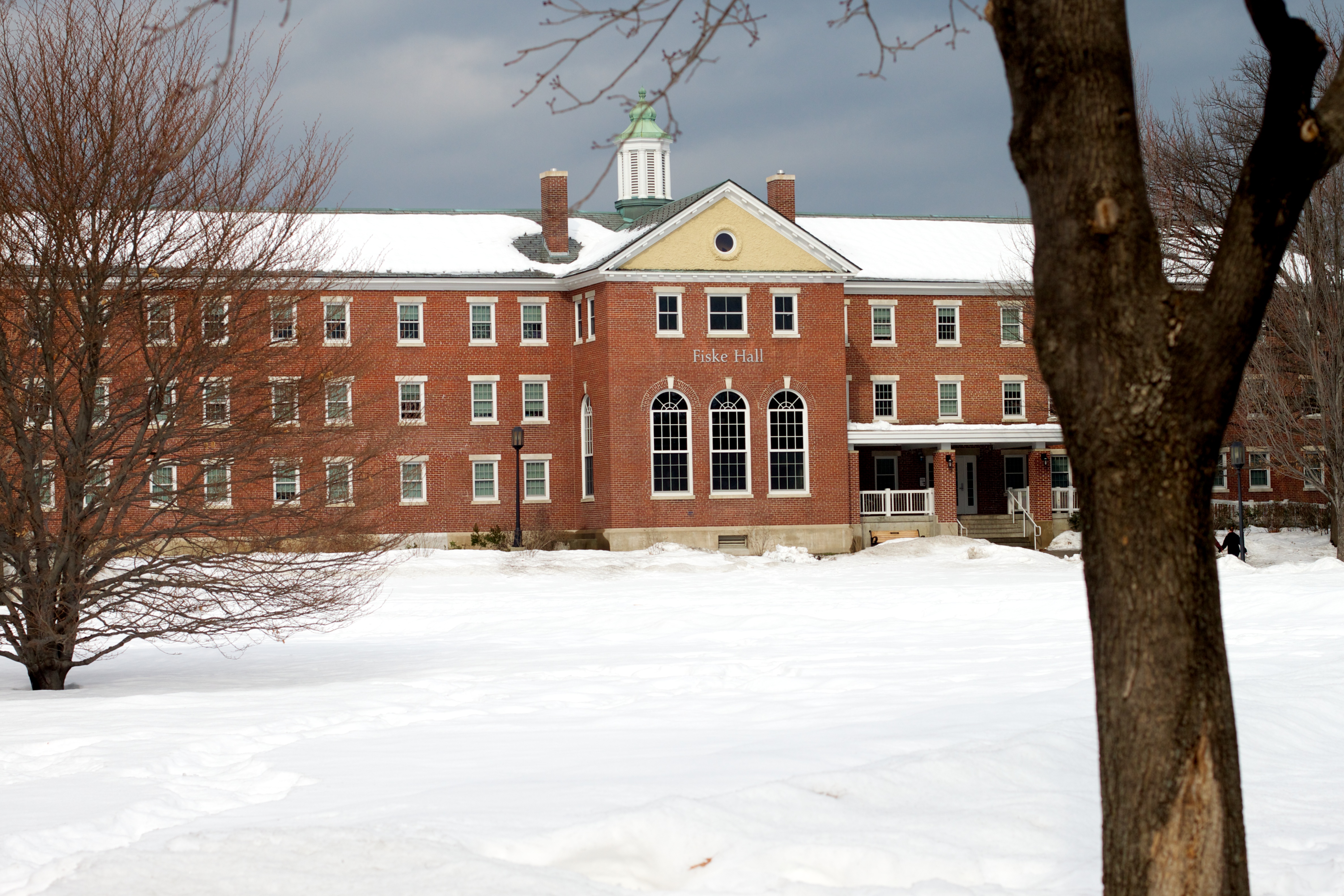Share:
Cold snaps punish buildings. In student housing, that means heat calls, burst pipes, icy entries, and late-night alarms. The goal is simple: keep heat on, water in the pipes, lights on, and walkways safe. Here’s a practical checklist that works on residence halls and apartments.
1) Keep the heat steady
- Tune boilers and furnaces. Change filters, belts, and nozzles. Log flue readings.
- Test thermostats and set a minimum heat setpoint for all spaces.
- Hydronic systems: check glycol concentration, purge air, confirm pump rotation and standby pumps.
- Heat pumps: clean coils, verify defrost, protect outdoor units from drifting snow.
- Tighten the envelope: door sweeps, weatherstripping, and closer speed so doors latch in wind.
2) Protect pipes from freezing
- Map your risk zones: end-of-line risers, attics, stair towers, mech rooms on exterior walls, laundry rooms, and vacant units.
- Inspect and test heat trace. Replace failed sections; label breakers clearly.
- Add or repair pipe insulation, especially at valves and fittings.
- Winterize hose bibs and blow out irrigation.
- Domestic hot water: confirm recirc pumps and check valves; insulate exposed recirc lines.
- Create a drip protocol for extreme cold and post it for residents.
3) Clear roofs and drains
- Clean gutters, scuppers, and downspouts now. Check that leaders discharge away from entries.
- Walk the roof. Seal obvious punctures, secure flashing, and re-seat loose snow guards.
- In heavy-snow regions, review your snow-load plan and the safe access route for removal.
- Vent attics correctly to limit ice dams.
4) Test backup power and emergency lighting
- Run generators under load, not just a start test. Check fuel, coolant, and block heaters.
- Exercise ATS (transfer switches) and document changeover times.
- Verify emergency lighting and exit signs. Replace batteries as needed.
- Put network closets on UPS so Wi-Fi, access control, and cameras ride through short outages.
- Check carbon monoxide detection anywhere combustion is present.
5) Make entries and paths safe
- Lock in your snow/ice plan: who plows, who salts, what gets pre-treated, and in what order.
- Stock ice melt (calcium chloride or magnesium for concrete), shovels, and broadcast spreaders.
- Lay down long, absorbent entry mats and set a rotation for swap-out on wet days.
- Verify door hardware, closers, and vestibule heat or air curtains.
6) Fire protection and elevators
- Fire alarm: finish annual tests; confirm monitoring lines and backup power.
- Sprinklers: drain low points on dry systems, check antifreeze loops for proper mix, and heat trace garage risers.
- Keep sprinkler and elevator machine rooms above 55°F.
- Elevators: check sump pumps, door gaskets, and machine-room heaters; place cones for water intrusion near pits.
7) Ventilation and indoor air
- Bathroom and laundry exhaust should move air at rated CFM. Clear lint and grime.
- Set outside-air dampers to winter positions so you don’t overcool cores.
- Use the right filter (e.g., MERV 8–11 common in housing). Replace on schedule.
- Watch humidity. Aim for 30–50% to limit condensation and mold.
8) Fleet and tools
- Service plow trucks, UTVs, and golf carts. Test lights, wipers, batteries, and chains.
- Stage snow shovels, spreaders, roof rakes, extension cords, and safe portable heaters (with tip-over shutoff).
- Fuel on-site equipment and label storage.
9) Residents and communication
- Share a one-page Winter Guide: how to set thermostats, when to drip, what to report, and who to call after hours.
- Ban space heaters except approved units; state the rule plainly.
- Prewrite outage and weather alerts so you can message fast by text, email, and socials.
- Schedule holiday vacancy checks for units likely to sit empty over breaks.
10) Staffing and vendors
- Publish the on-call rotation and escalation tree. Double-cover peak cold periods.
- Confirm start times and service levels with snow, HVAC, plumbing, and roofing vendors.
- Keep a short list of emergency contacts at the desk and in each mech room.
11) Monitoring and rounds
- Set BMS or smart thermostat alarms for low space temp and high humidity.
- Use leak sensors in mechanical rooms, behind washers, and in problem shafts.
- During cold snaps, add temperature rounds on the cold side of each building.
12) Stock the small stuff
- Filters, belts, gaskets, batteries, lamps, pipe insulation, heat-trace kits, hose bib covers.
- Ice melt, mat refills, caution signs, flashlights, CO test spray.
- Label everything and stage it near the work.
72-hour quick start
Day 1: roof and drain clean-out; boiler/furnace checks; post winter setpoints.
Day 2: heat-trace test; door/vestibule tune; generator load test; emergency lights.
Day 3: stock ice melt and mats; finalize snow routes; send the Winter Guide; run temp rounds at night.
Simple KPIs to watch
Average heat call response time.
Number of freeze alarms or rooms under setpoint.
Slip/fall incidents near entries.
Generator test pass rate and run time.
Resident satisfaction on a 3-question pulse after the first cold snap.
Fresh Eyes Consulting
Fresh Eyes is a three-day, on-site look at your campus housing. We listen, walk your communities, and use the Student Housing Calculator to size demand. You get a clear positioning brief and a phased plan for unit mix, rates, and improvements you can start now.
Start here for more information • Or contact us here.
